CS2 jewelry rose against the market: When the "dragon sniper" is on the chain, can the NFT market usher in summer again?

Reprinted from panewslab
03/13/2025·1M
Original text: msfew
Compiled by: Yuliya, PANews
Recently, the price of CS2 jewelry has risen sharply, while the US stock market and cryptocurrency markets have declined. In contrast, the game not only brings fun, but also creates profit margins, while cryptocurrency trading is physically and mentally exhausting and prone to losses.
This article will explore the characteristics of the CS2 jewelry market from the perspective of a senior CS2 player in depth and analyze its potential combination opportunities with blockchain technology. As a mature digital asset market that has existed for many years, the CS2 jewelry trading system may provide useful reference for the blockchain industry.
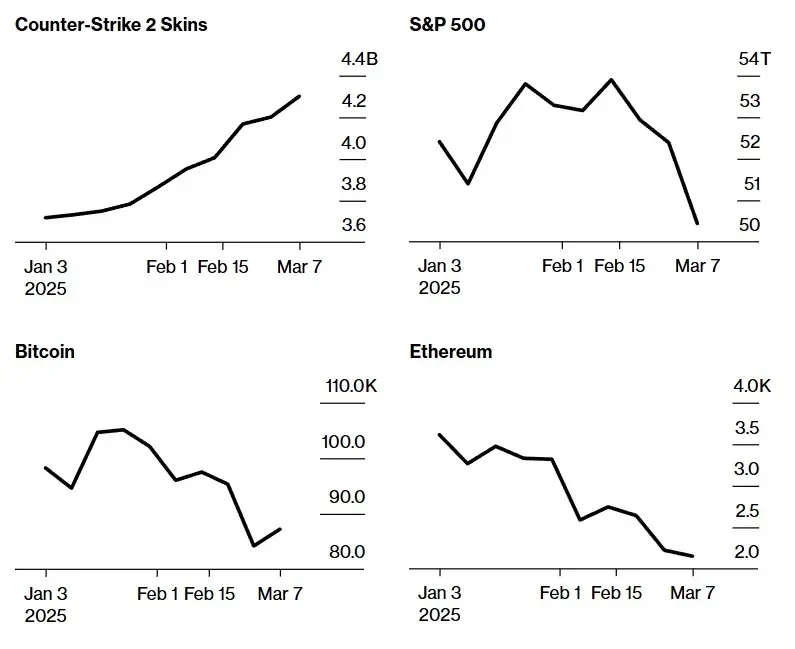
CS2 jewelry
CS2 jewelry has many similarities with NFT. Each weapon model has a different skin style and is classified by wear (rarity similar to NFT) and specific random patterns (such as the all-blue "surface quenching" AK-47 that can be worth hundreds of thousands of dollars).
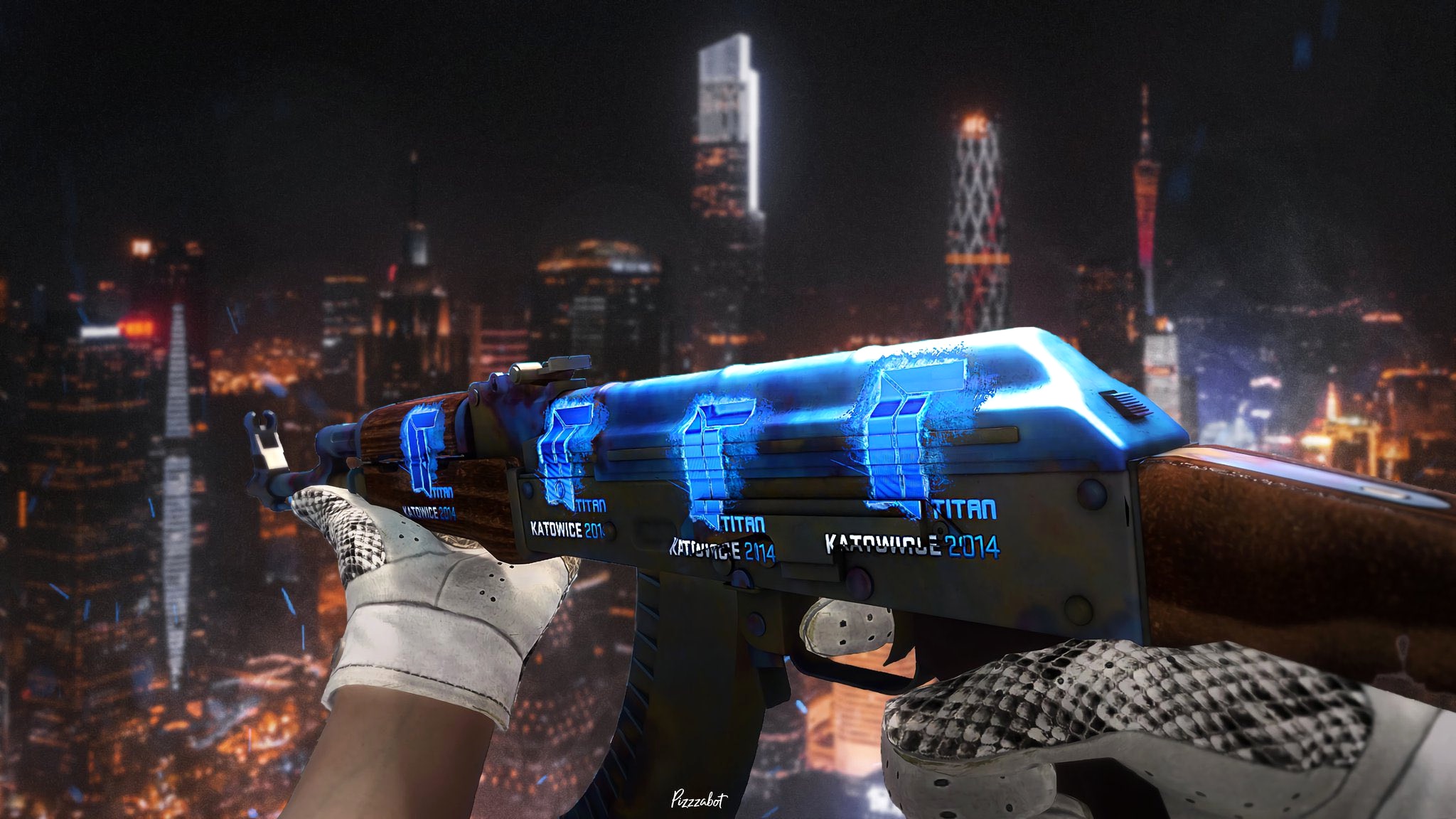
Jewelry is mainly divided into the following categories:
- Weapon skin : Most common, the price varies by weapon model and style.
- Knife skin : Rare drops, there is a large visual difference between the default knife and the skin knife, and the price is high, and it is regarded as a "blue chip" asset.
- Glove skin : Rare and more expensive than tool skin, it is a high-end collectible and has poor liquidity.
- Stickers : highly speculative, some limited stickers (such as Titan Holo) can cost up to $60,000.
The main uses of these jewelry include:
- Beautiful decoration : Players can obtain accessories through random drop boxes (keys are unlocked for an additional fee), and most players will quickly equip common weapons with skins to avoid the default appearance.
- Investment value : Due to scarcity (such as tool skin), prices rise with demand. The market is low in liquidity and is susceptible to artificial manipulation (such as "pull-up shipment" of unpopular stickers). Compared with the cryptocurrency market, CS2 players generally lack investment experience and are more likely to become harvesting targets.
- Transaction medium : Prizes or collateral used on gambling platforms.
Trading mode
CS2 jewelry trading is similar to NFT and adopts an order book mechanism. Common trading strategies include stocking up, building momentum, pulling up, and shipment, and the price trend chart is even similar to the K-line chart on TradingView. The market relies on new players and new funds to continue inflows, which is essentially a Ponzi cycle with the theme of games.
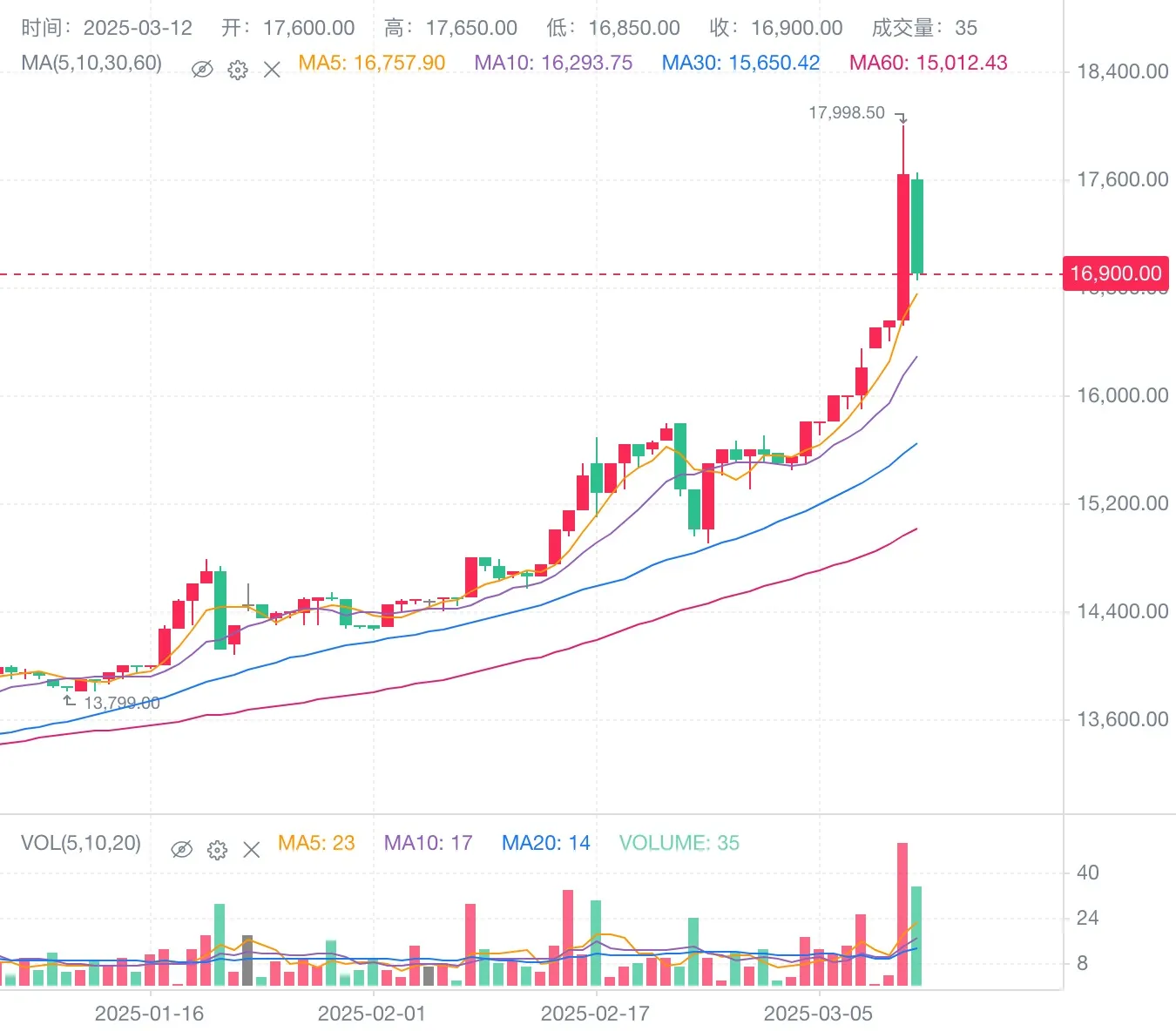
Market participants mainly include:
- Player : Purchase accessories for in-game use.
- Investors : Speculation based on market volatility.
- Trading platform : Provide trading services (Steam official market restricts withdrawal, resulting in insufficient liquidity).
- Anchor/Professional Player : Promote specific accessories as KOLs, such as professional player Donk to buy opponent stickers in the competition to create market hotspots.
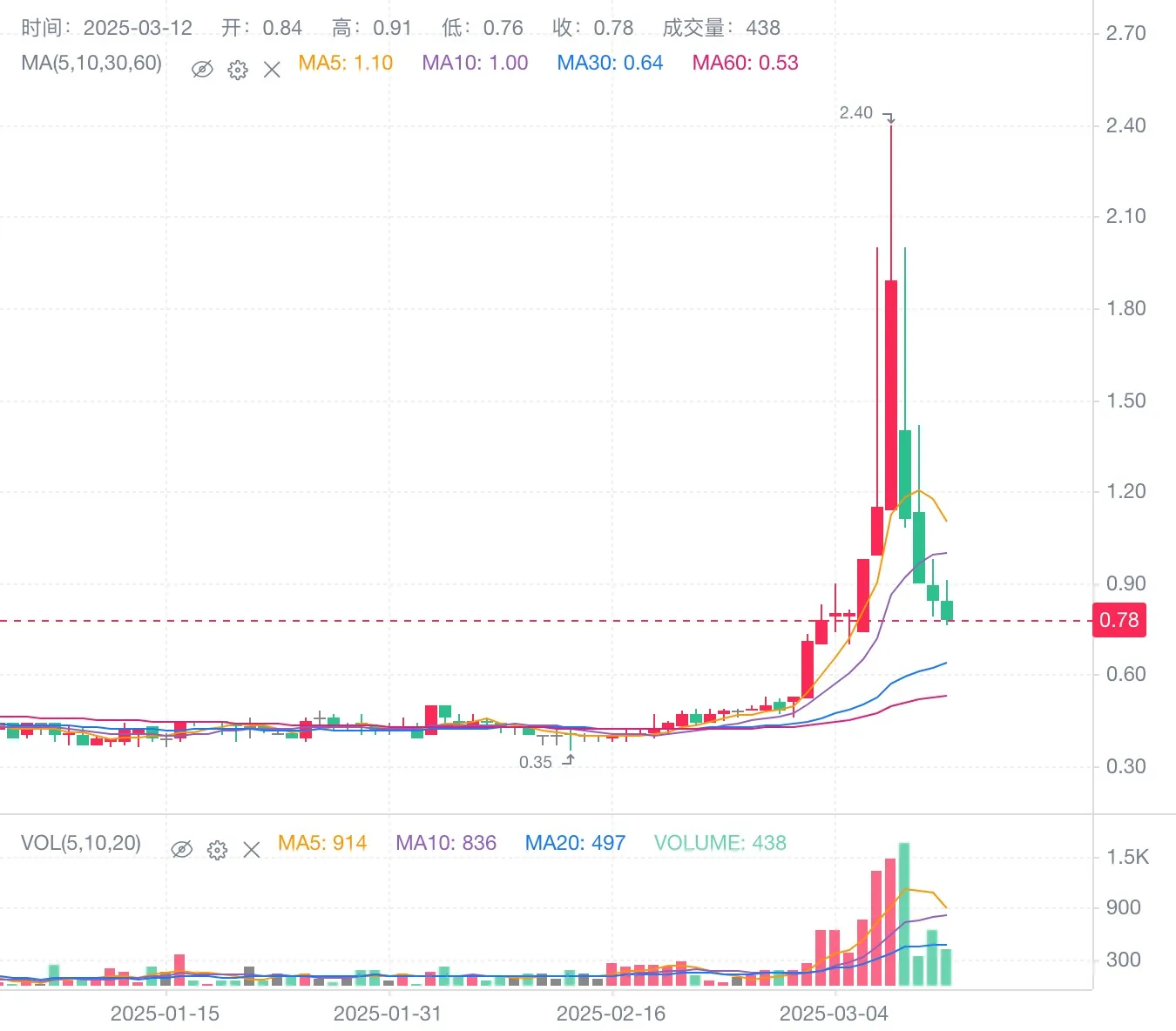
Possibility of CS2 Jewelry + Blockchain
1) CS2 jewelry AMM (automated market maker)
Interestingly, AMM was initially inspired by the 2012 Minecraft HyperConnomy. At present, CS2 jewelry trading adopts the order book model, which is similar to the NFT market, and has obvious liquidity problems. Many jewelry items are left unattended for a few days, and eventually they can only be sold below the market price, resulting in a spiral decline in price.
To improve the trading experience, an AMM (automated market maker) mechanism can be introduced:
- Pure off-chain model : It is necessary to develop an aggregator-like protocol, integrate buying and selling orders from multiple platforms, improve transaction efficiency, or establish an independent fund pool by market makers (similar to Sudoswap). However, this method relies on centralized market makers and the user experience is still limited.
- On-chain mapping mode : You can learn from the practice of tokenized RWA, map accessories to the chain, and provide price data through oracles, and then build a liquidity pool. However, this method only optimizes the trading experience and cannot truly promote the actual circulation of jewelry.
2) Short selling and leverage trading
If CS2 jewelry can short and support leveraged trading, the market may experience more radical price fluctuations, while some low-value jewelry can also return to reasonable pricing.
The CS2 jewelry market already has similar mechanisms, such as the jewelry rental model, and some players rent jewelry for 100 days to short. In addition, Steam's 7-day trading cooling period is essentially equivalent to the 7-day expiration time of European options. Therefore, derivative trading systems can be designed based on traditional short selling mechanisms.
The key challenge lies in the liquidation mechanism. At present, if the market rises, some users who borrow accessories may "run away" directly, causing the platform to bear losses. It can be used to draw on cryptocurrency perpetual contracts and design jewelry based on market prices. For example, based on the price of "AWP Dragon Lore", leveraged long and short trading will be opened, and the platform will calculate the capital fee rate at a certain interval to ensure market stability.
3) CS2 Jewelry Index Fund
The CS2 jewelry market naturally meets the conditions for building an index fund. For example, the index can be divided by jewelry category.

There is no need to elaborate on the design of traditional index funds. On the blockchain, DAO governance funds can be introduced, allowing users to pledge high-value jewelry in exchange for fund shares and realize fragmented transactions of jewelry. This mechanism can improve market liquidity while providing new investment opportunities.
4) Infrastructure construction
Opportunities that are VC-friendly but have lower income:
- Data analysis : Similar to gmgn.ai, it integrates market transaction data, provides real-time quotations, historical trends, market depth and other information, and supports the "one-click buy/sell" function to simplify the transaction process (avoid frequent logging in to Steam to confirm transactions).
- Market intelligence : Track jewelry holding data, analyze trading behaviors of KOLs and professional players, and assist investment decisions.
- Hosting and security : Establish a professional CS2 jewelry hosting platform, and use multiple signatures, cold storage (cold Steam account) and other methods to ensure the safety of user assets.
Other directions include API services, insurance platforms, security tools, transaction jump-start (MEV) mechanisms, social/community platforms, etc. However, the fundamental reason for the current inefficiency of transactions is Steam’s limitations. Even if on-chain optimization experience can be optimized to a certain extent, it cannot fundamentally change the liquidity problem of the Steam ecosystem.
Other key points (from DeepSeek)
- Centralized risk : Although CS2 jewelry is similar to NFT, its ownership belongs to Steam, and there is a risk of platform ban or rules change (Steam official boycotts NFT and maintains its own closed-loop economic system).
- Regulatory arbitrage : Some Chinese players evade foreign exchange controls through jewelry trading. This is theoretically feasible, but the actual loss is too high. Unless there is a clear need for capital cleaning, this path is unattractive.
- Liquidity stratification : High-end jewelry (such as dragon sniper and gem knife) are mainly traded in the OTC market, and the pricing mechanism is similar to the cryptocurrency OTC market. The player group of these top jewelry is highly concentrated, and the holder ecosystem of blue-chip NFTs such as CryptoPunks.
- Wear degree economics : There is a "pseudo-metaphysical" premium phenomenon in the wear range of 0.15-0.18, which leads to an additional premium due to scarcity.
Position management is crucial
The combination of CS2 jewelry + blockchain may be the only area where players can proudly say - "I not only defeated my opponent in the game, but also successfully shorted and profited in the market!" This delicate balance between gaming and investment is the unique charm of the CS2 jewelry market.
However, whether it is games or investment, it is crucial to manage a "position" well. After all, even if you have the coolest skin, you may still have to buy armor carefully due to a tight budget in the Eco Round. True victory is not only profit on the books, but also the sense of accomplishment and happiness gained in the game.
I hope every player can be invincible in the arena and be sure to win in the market. Now, it’s time to let go of analysis and return to the battlefield.


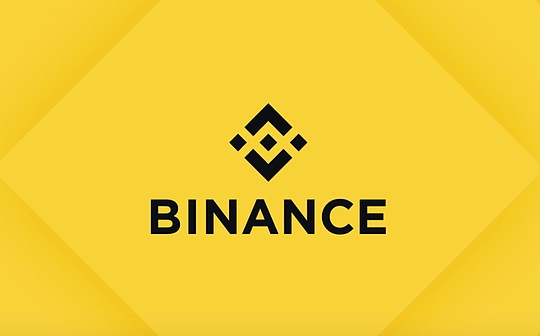
 jinse
jinse